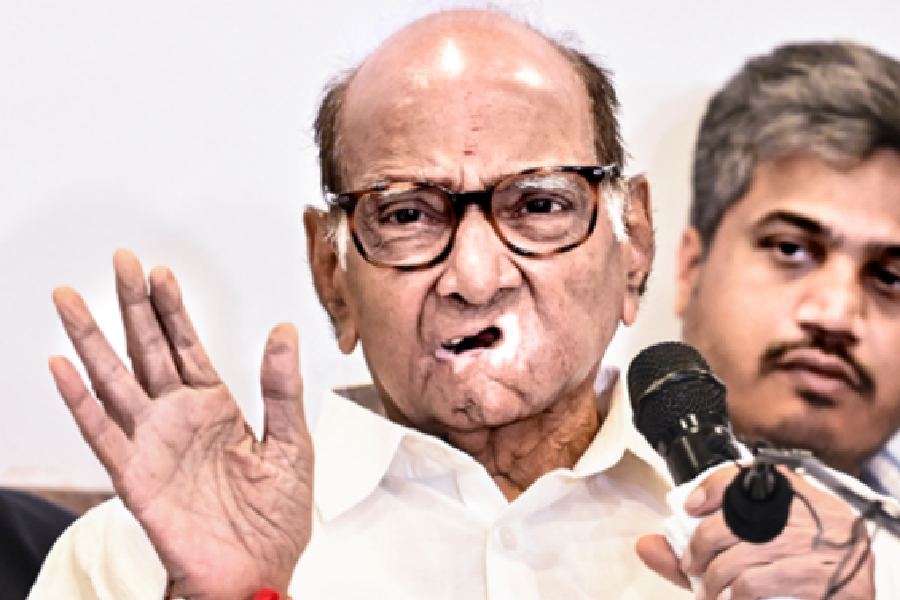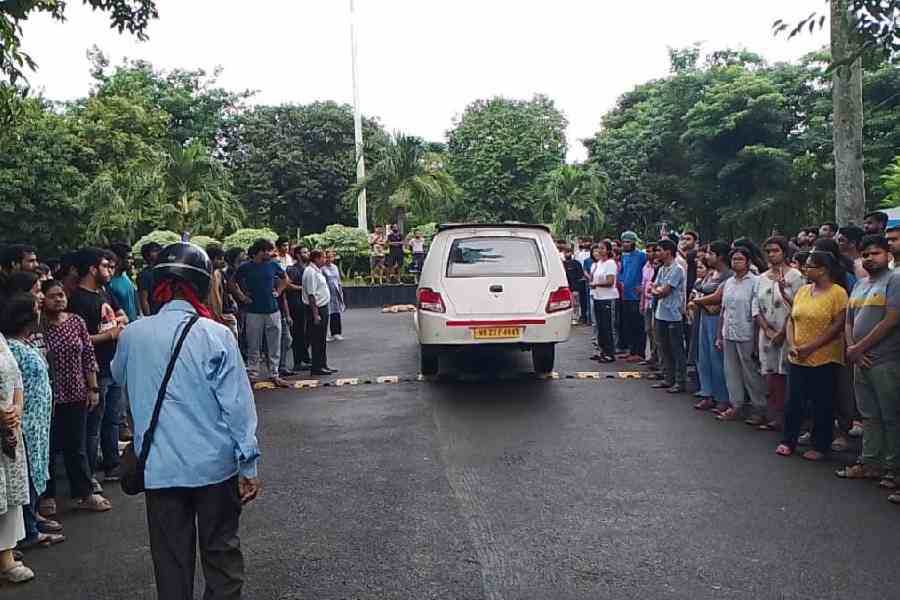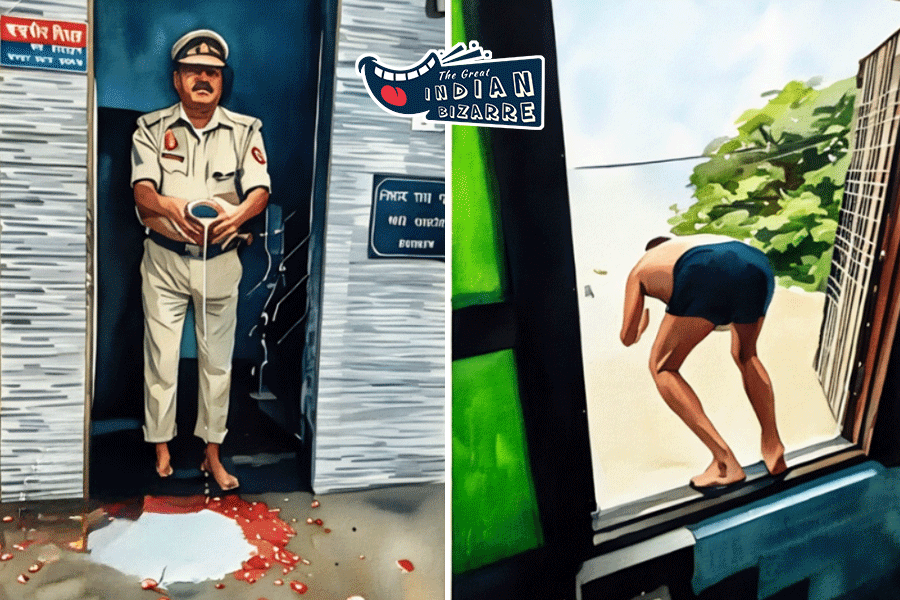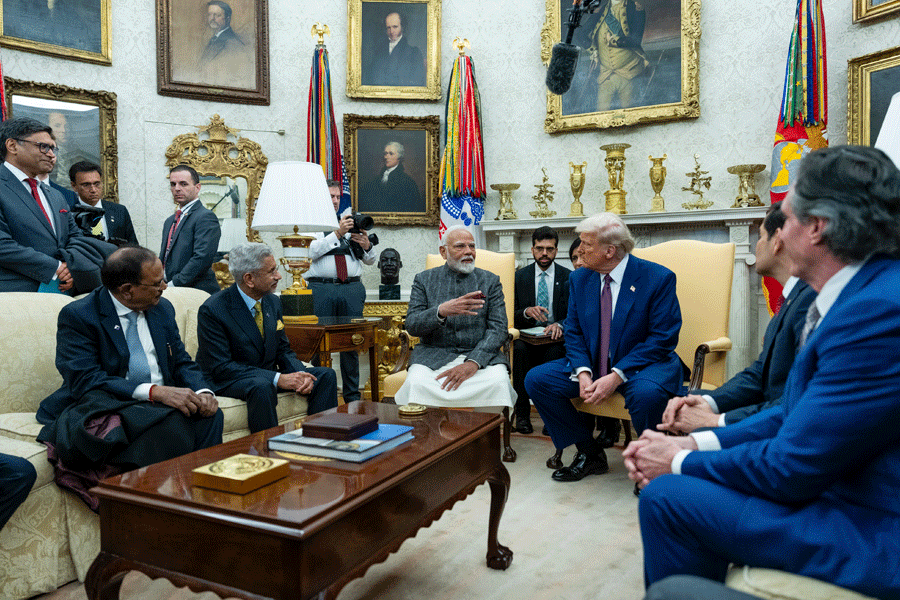 |
New Delhi, March 7: The Supreme Court has permitted passive euthanasia for patients in a permanently vegetative state on a case-by-case basis under judicial supervision but rejected a petition for active mercy-killing.
Active euthanasia entails the use of lethal substances, such as an injection, to kill a person. Passive euthanasia means withholding or withdrawal of medical treatment — such as stopping antibiotics or removing the heart-lung machine — from a patient in a coma.
The court was delivering its verdict on a petition to end the life of nurse Aruna Shanbaug, who has been in a persistently vegetative state for over three decades after a macabre sexual assault, by stopping all nutrition to her.
“…right to life guaranteed by Article 21 of the Constitution does not include the right to die,” a two-judge bench of Justices Markandey Katju and Gyansudha Misra said.
But the court has given Mumbai’s KEM Hospital, which has been taking care of Aruna for 37 years, the option of approaching Bombay High Court if it wants to consider passive euthanasia. The court did not treat activist Pinky Virani, who moved the petition, as Aruna’s “next friend”, though it praised her work.
“If the doctors treating Shanbaug and the dean, together acting in the best interest of the patient, feel that life-sustaining treatments should continue, their decision should be respected,” the bench said. “If the doctors and the dean… feel that withholding or withdrawing life-sustaining treatments is the appropriate course of action, they should be allowed to do so, and their actions should not be considered unlawful,” the judges said.
The court’s ruling means that close relatives such as parents or spouses or, in their absence, a person acting as a “next friend” can approach a high court to seek permission to withdraw the life-support system from a patient in a permanently vegetative state.
But Aruna, whom the court described as “not brain dead”, presents a case which has other ethical dimensions. Since she is not suffering from any known terminal disease and is not on life-saving machines, her life support means her food. Legally, if the high court permits, the food supply can be withdrawn but it will amount to starving her to death.
While the court has asserted that active euthanasia remains illegal, its conditional permission for passive termination goes against the stand of the government, which opposed all forms of euthanasia.
A Constitution bench in 1996 had held that both euthanasia and assisted suicide were illegal in India.
In the latest case, the attorney-general raised three objections: the sensitivities of the “emotional and care-oriented” Indian society, the danger of relatives plotting to kill patients for material gain and the possibility of future medical advances that may improve the patient’s condition.
But the top court said: “We agree… that passive euthanasia should be permitted in our country in certain situations, and we disagree with the AG that it should never be permitted.”
Today’s judgment is restricted to cases where a patient is not in a position to give his/her consent, the bench clarified.
The bench recommended that the law against any attempt to commit suicide should be done away with. “We are of the opinion that although Section 309 (attempt to commit suicide) has been held to be constitutionally valid…, the time has come when it should be deleted as it has become anachronistic. A person attempts suicide in a depression, and hence he needs help rather than punishment. We therefore recommend to Parliament to consider the feasibility of deleting Section 309, IPC,” the bench said.











